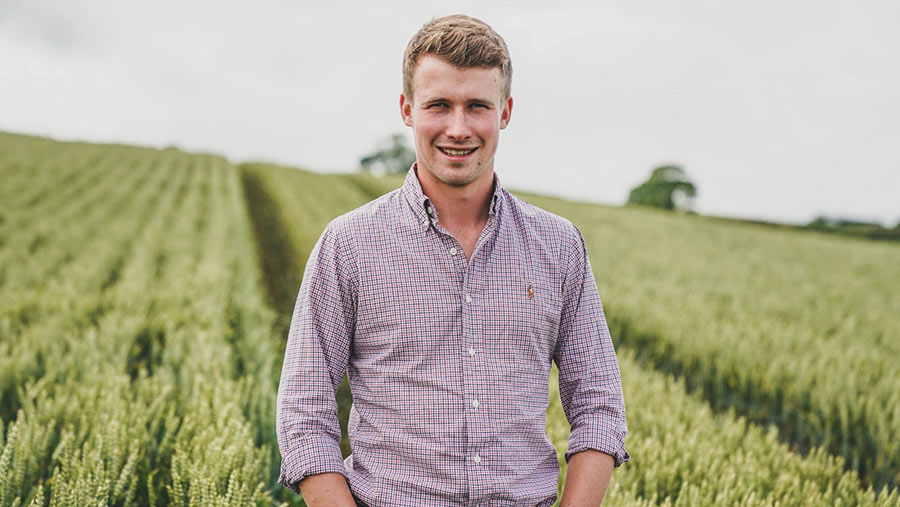Farmer Focus: The gut feeling of the ‘Golden Hoof’
 © Emily Fleur
© Emily Fleur “The Golden Hoof” – a phrase I first came across when quizzing my grandfather about old times on the farm.
He was a passionate sheep farmer who would tell many tales about his life on the farm, and one has stuck with me more than the others.
My granddad and great uncle would fold ewes and lambs across winter cereals in decades gone by to help with tillering and general crop health.
They summarised this as “The Golden Hoof”, as both the crop and sheep would benefit.
See also: What to consider when increasing soil carbon stocks
Although I’m not sure they quite knew the science behind the grazing, nor did any replicated crop trials at the time, a lifetime of dedicated farming told them this was the right thing to do and I’m sure the results backed that up.
In 2022, we often feel the need for statistical data to justify any decision we make, and I’m as guilty as the next person of wanting something concrete.
Although I have been trying to quantify “The Golden Hoof” with split-field trials over the last two years, I’m beginning to get the gut feeling that in this instance, I do not need the statistical data to realise the benefits of overwinter cereal grazing.
The visual results and general gut feeling are enough, just like they were for my grandparent’s generation.
Our wheat was drilled on the 9/10 October and has grown well this winter – too well in most fields.
Mildew and low levels of septoria are present, with a few older leaves yellowing off, perfect for another split-field grazing trial.
We stocked 116 ewe lambs at a stocking density of an acre/day (0.4ha/day), which ate the top growth down nicely, while trampling in the older leaves.
The wheat has sprung back surprisingly quickly, throwing out a new, clean leaf within a matter of days. The theory being that disease pressure has been reduced, the canopy and tillers have been “regulated” and fertility cycled.
Other than visual assessments on disease pressure and lodging, the combine yield map will be our way of quantifying any yield differences.
But, as I alluded to earlier, my gut feeling is telling me this is the right thing to do, just as it was all those decades ago.


